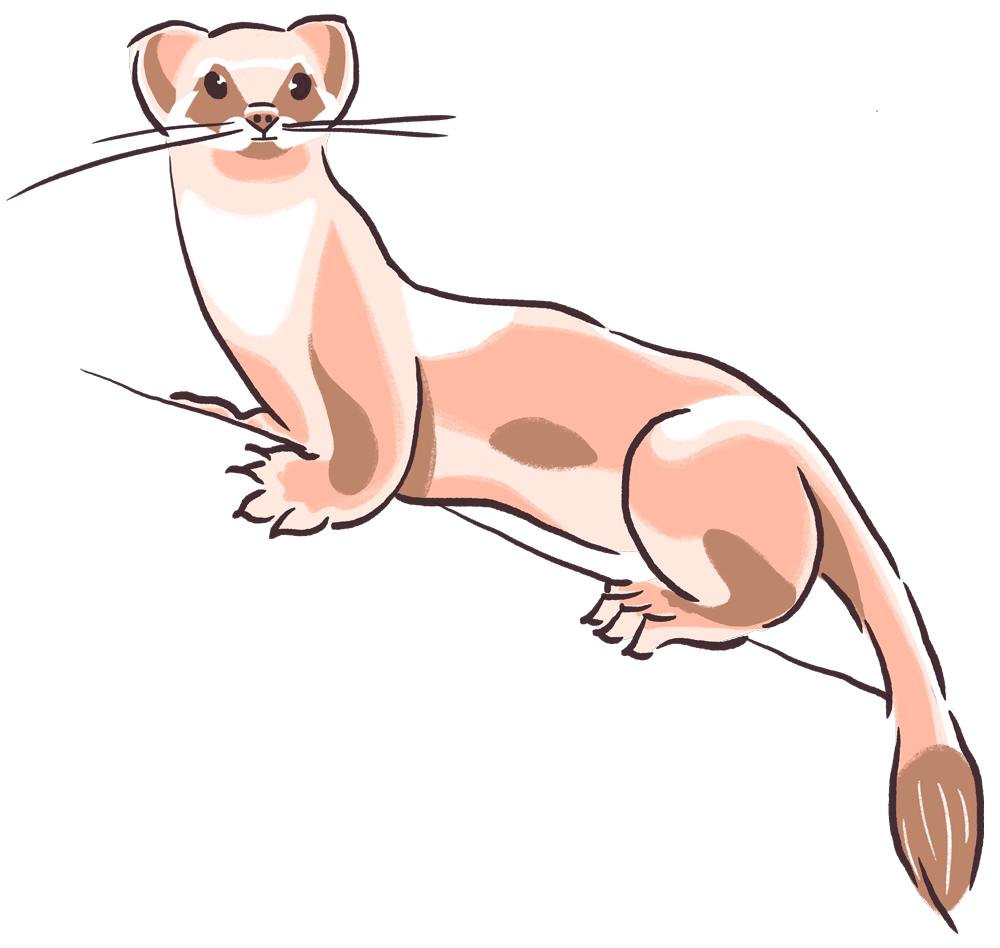All of human activity is connected to the environment. Sustainability is understanding how natural systems function and supporting the long term stability of the environment and the balance of its many, biodiverse ecosystems. Humans can improve their co-existence with the natural world by seeking to act sustainably.
People not only collect specimens of living things to record and understand climate, species and ecosystems. There are many ways to reflect on the changing environment, and the impact of human activity. Maps are a useful way to see how urban (town) and rural (country) landscape have changed over time.

A Map of Eton College and its Environs, published 1948.
Over the last few hundred years maps of Eton have shown changes from Eton being mainly farmland to an expanded town, with interrupted woodland.

Can you find out how your area has changed over time?
Compare a modern map with a map from 50 or 100 years ago – is there more or less green space or woodland than before?
How might this have impacted local wildlife?
Nature diaries that record sights of plants and animals at a certain time and place can in turn be used to reflect how these changes to the landscape impact wildlife.
Within the Eton College Archives can be found some examples of natural history diaries kept by Scouts. These have recorded local trees, flowers, birds and other animals, as well as hand drawn maps of woodland and parkland in Eton and Windsor. Scouting at Eton began in Michaelmas 1919, with over twenty boarding houses having a Scout patrol. The last report of a scouting activity in the Chronicle is in 1953.

Scouts (Seal Patrol) natural history diary, 1943
Volume created as entry for the Hoare Cup, a competition for the best nature record from observation. Inside are page of hand written observations and identifications of plants and animals around Eton and Windsor, with pressed leaves, hand drawn maps, and photographs.
It forms an amazing record of the local wildlife, woodland and the interaction of students with natural history. Below is a slideshow of selected pages.

Scouts (Bull-dog Patrol) natural history diary, 1944
Another entry for the Hoare Cup, this volume is very delicate, and full of well-preserved samples of many local trees and flowers.
It has a remarkable record of birds seen, with descriptions of when, where, and how they looked, what they were doing, and some of them illustrated with a pencil drawing. This type of account is very useful; you may have taken part in the RSPB’s Big Garden Birdwatch, where people from all over the country send in what birds they can see from their windows, gardens or local areas. As well as being fun and uplifting for everyone to connect with local wildlife, the results give a useful overall picture on rises and declines in bird populations.

Extract from the nature journal of Leander McCormick-Goodheart
ED 480
April 10th, 1902
Leander kept a journal he titled ‘Nature Notes from a Study Window’. It recorded the variety of birds he saw, and described their behaviours, appearance and song. He also recorded the weather, which is useful to understand the climatic conditions and how they affect the birds he saw.
This diary also proves a good example of how natural history collections can be used to identify and understand your local wildlife; he talks about photographing birds and bird eggs, and being able to identify them from those in the museum collection.

Create your own nature diary!
Find out how on the Track page
Our cities, towns and villages have a place in the changing natural world. The more we build and expand urban spaces, the more natural spaces such as woodland are cleared. The impacts of this can be explored in Environment, Ecosystems & Biodiversity.
However, the reverse is also true; the more we look after the green spaces and woods around where we live, and the more trees we plant, the more we can improve our local biodiversity and tackle climate change. We can see more and more nature close to home in our local areas.

Roe Deer
Scientific name: Capreolus capreolus
Average life span: 7-10 years
Diet: Tree shoots, buds and leaves, brambles, herbs and grasses
Habitat: Woodland is one of the habitats of the Roe Deer, the UK’s most common deer. You can often see them in Windsor Great Park. Around Windsor and Eton, where our houses and buildings are surrounded by green areas and woodland is nearby, you can see deer at roadsides or even crossing roads to get from one green place to another. If these green spaces were lost, it would become rarer to see the deer.














































One reply on “Geography, Wildlife & Sustainability”
[…] back over some of the Eton Scouts nature diaries for some […]
LikeLike